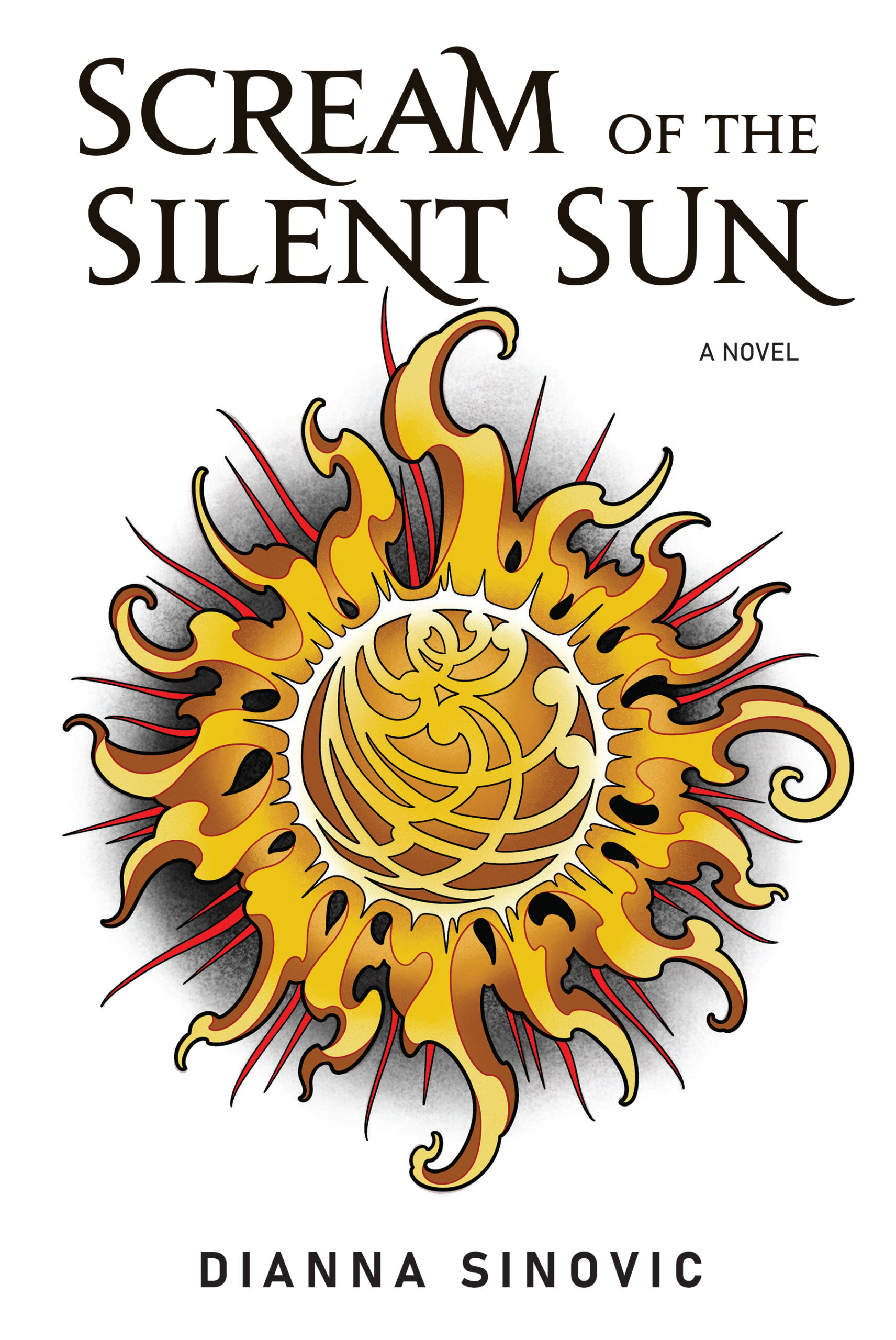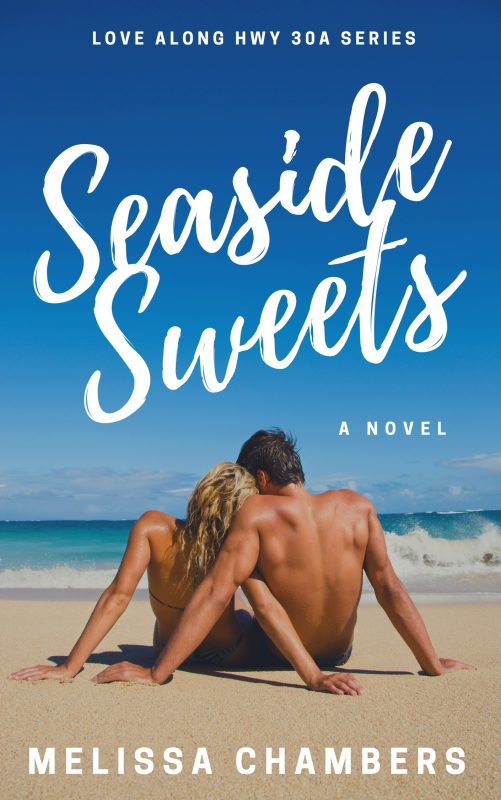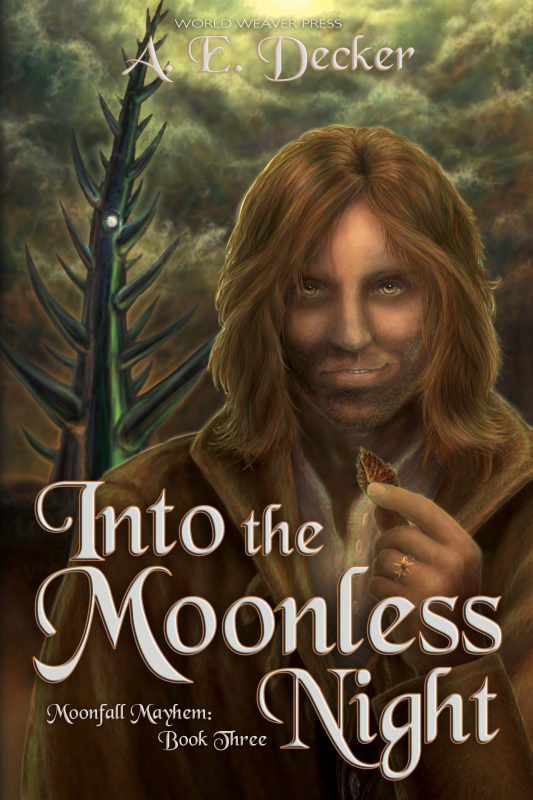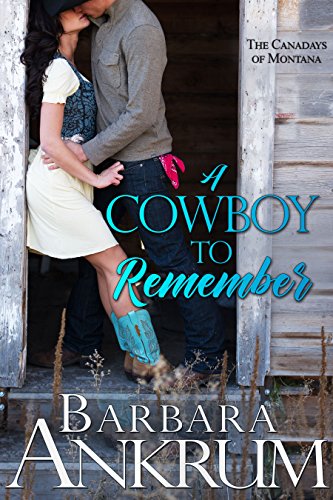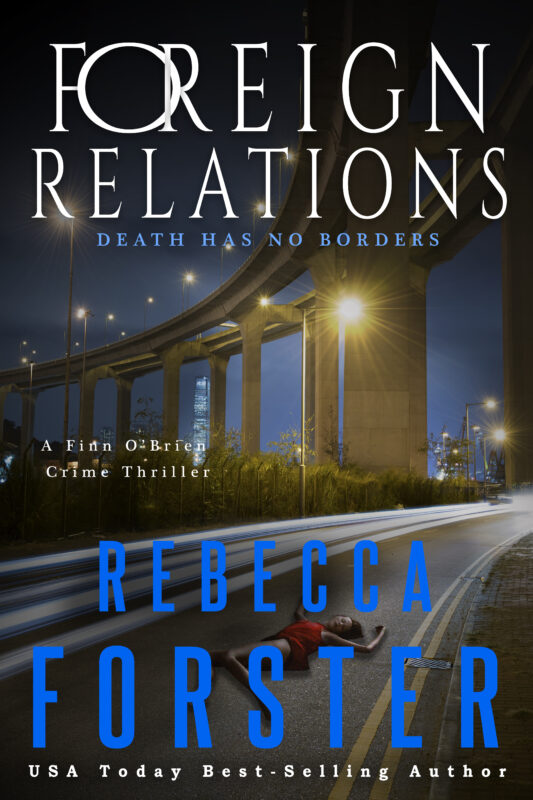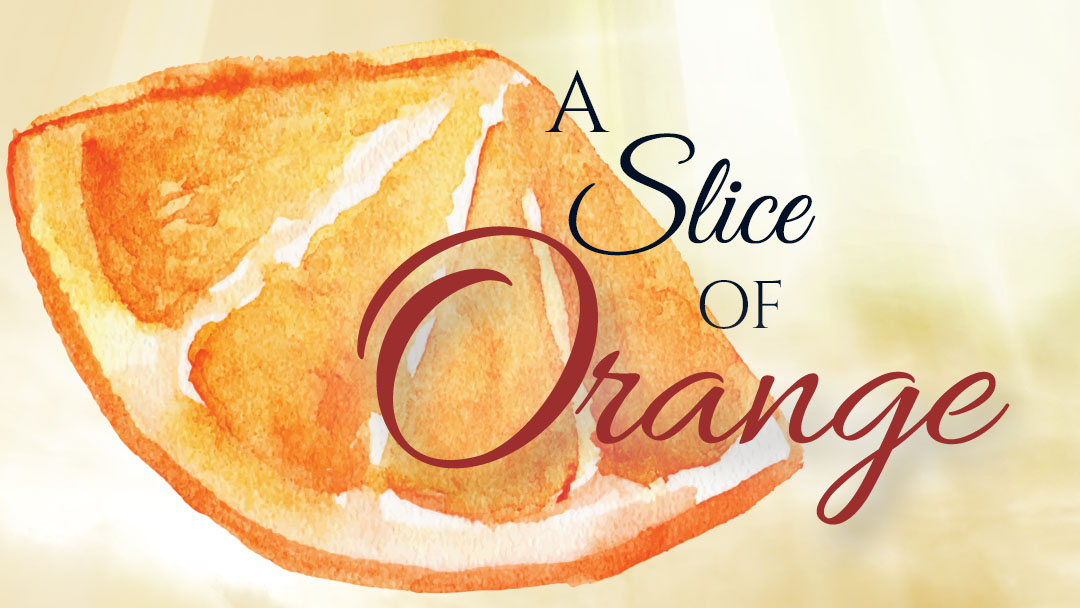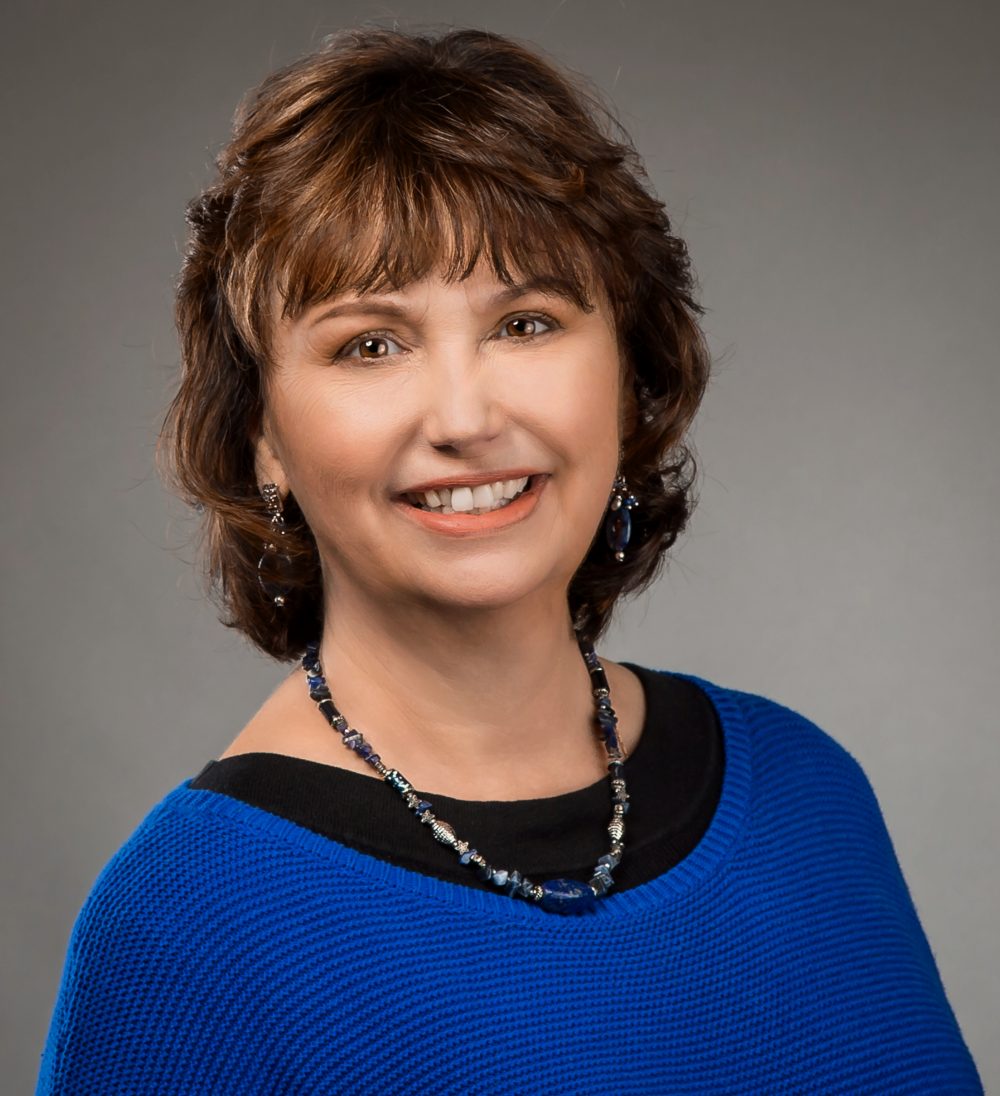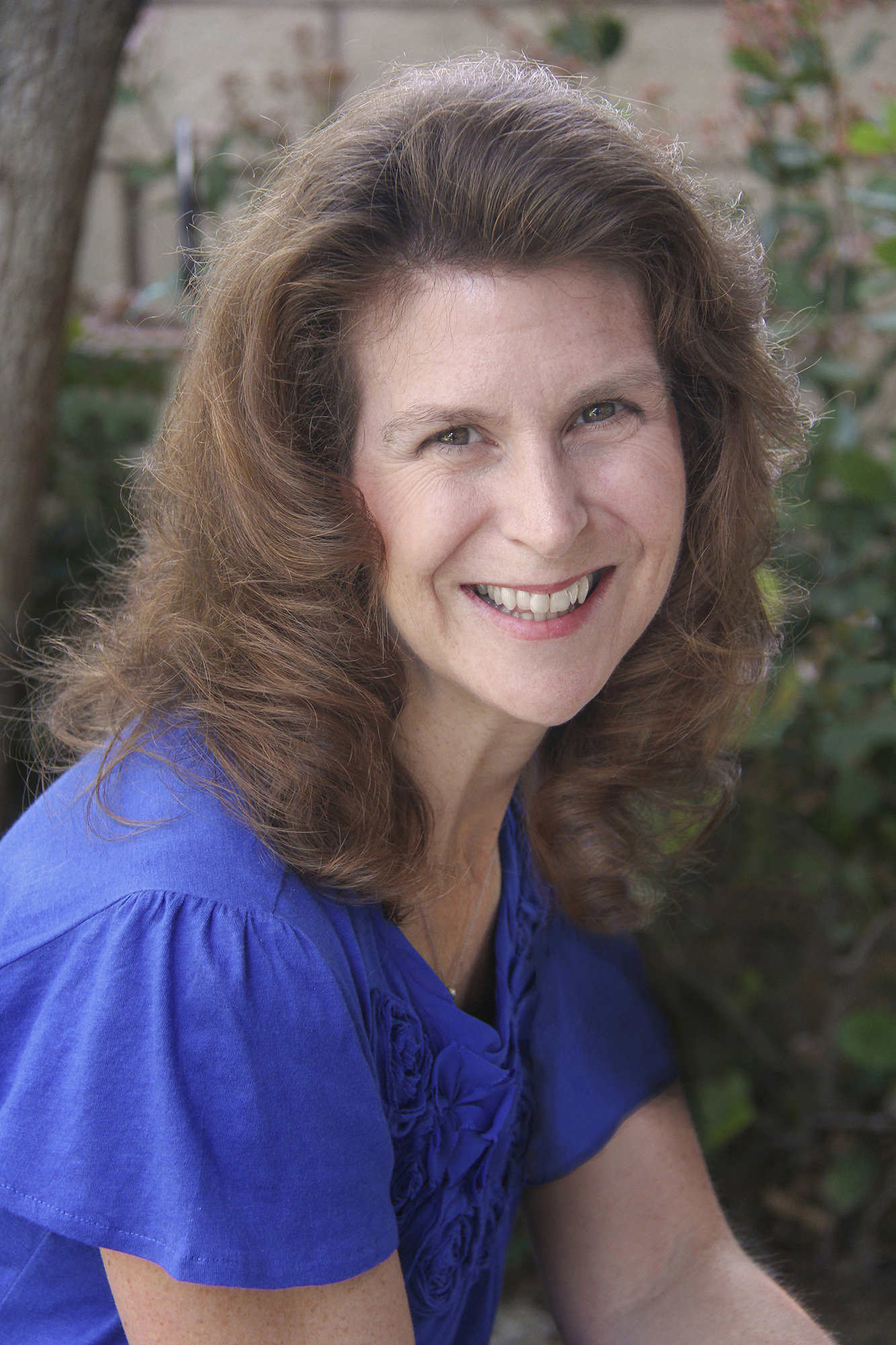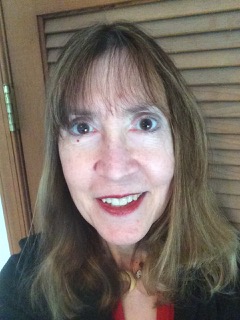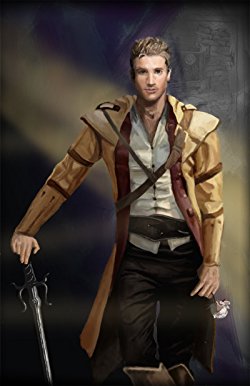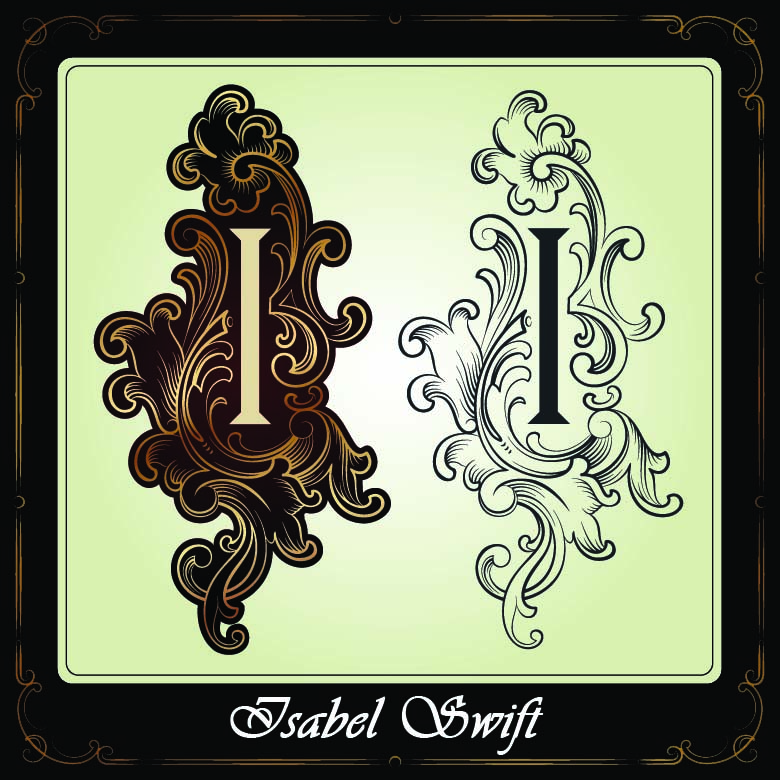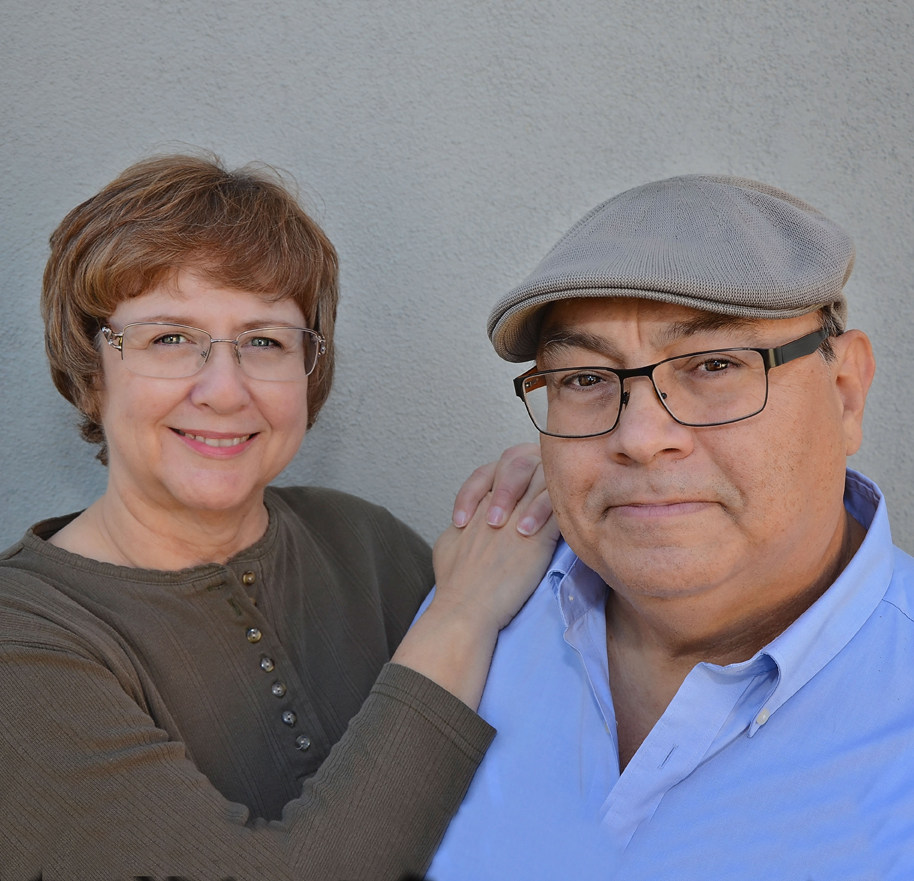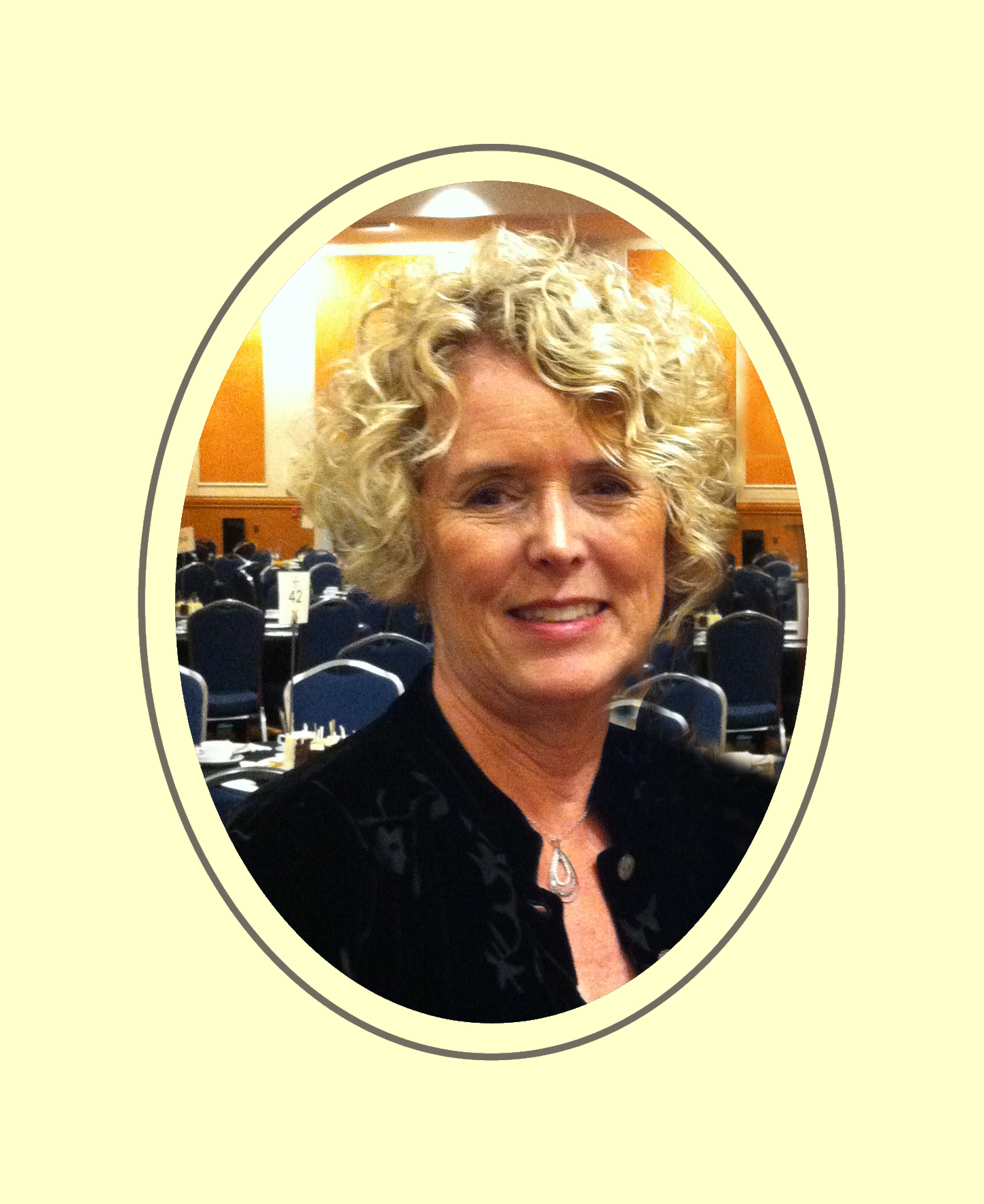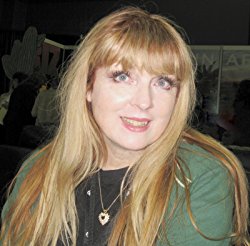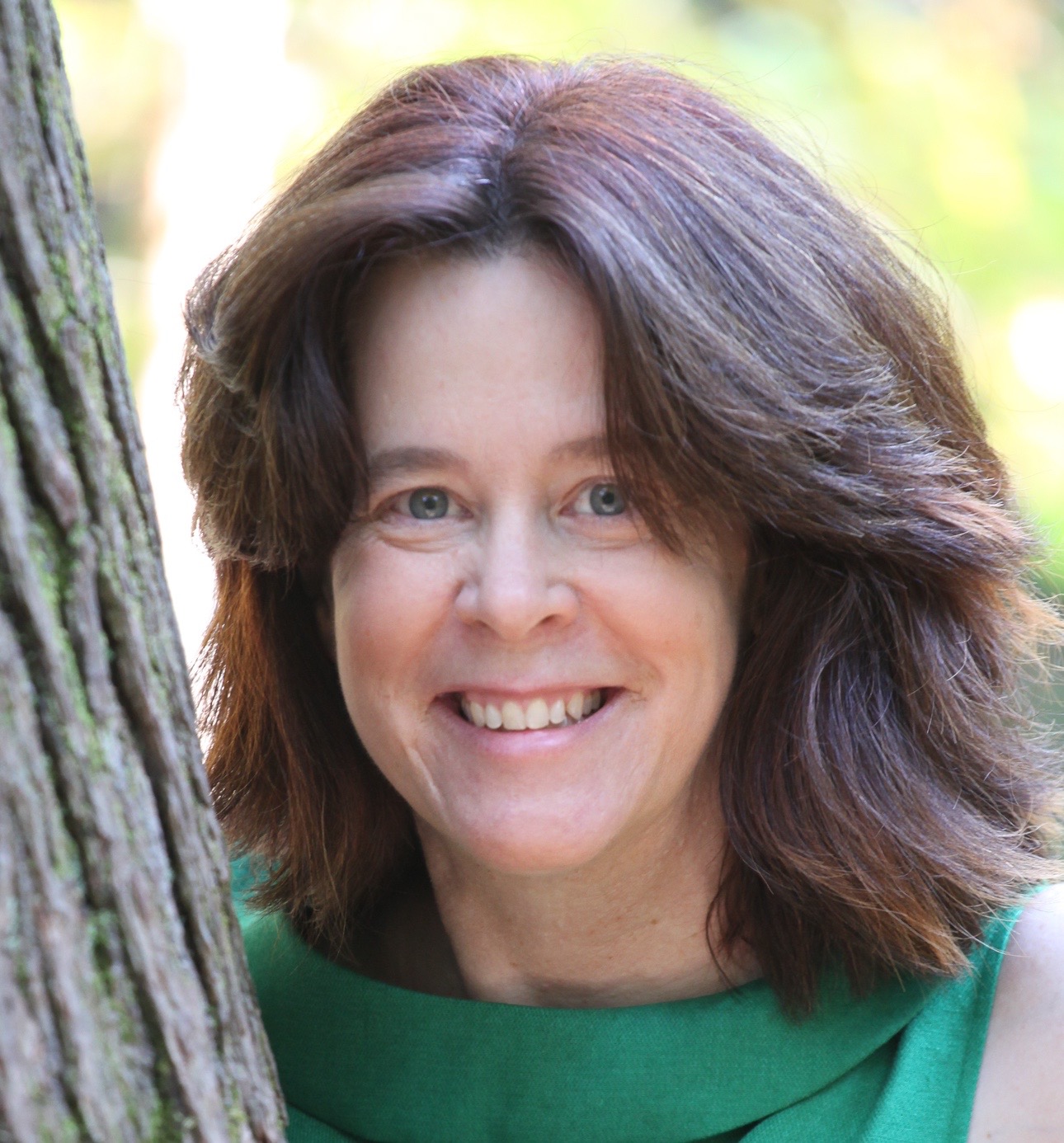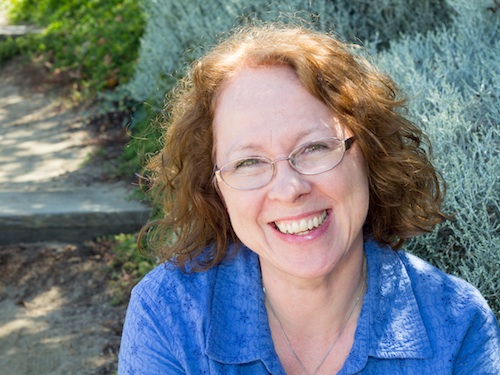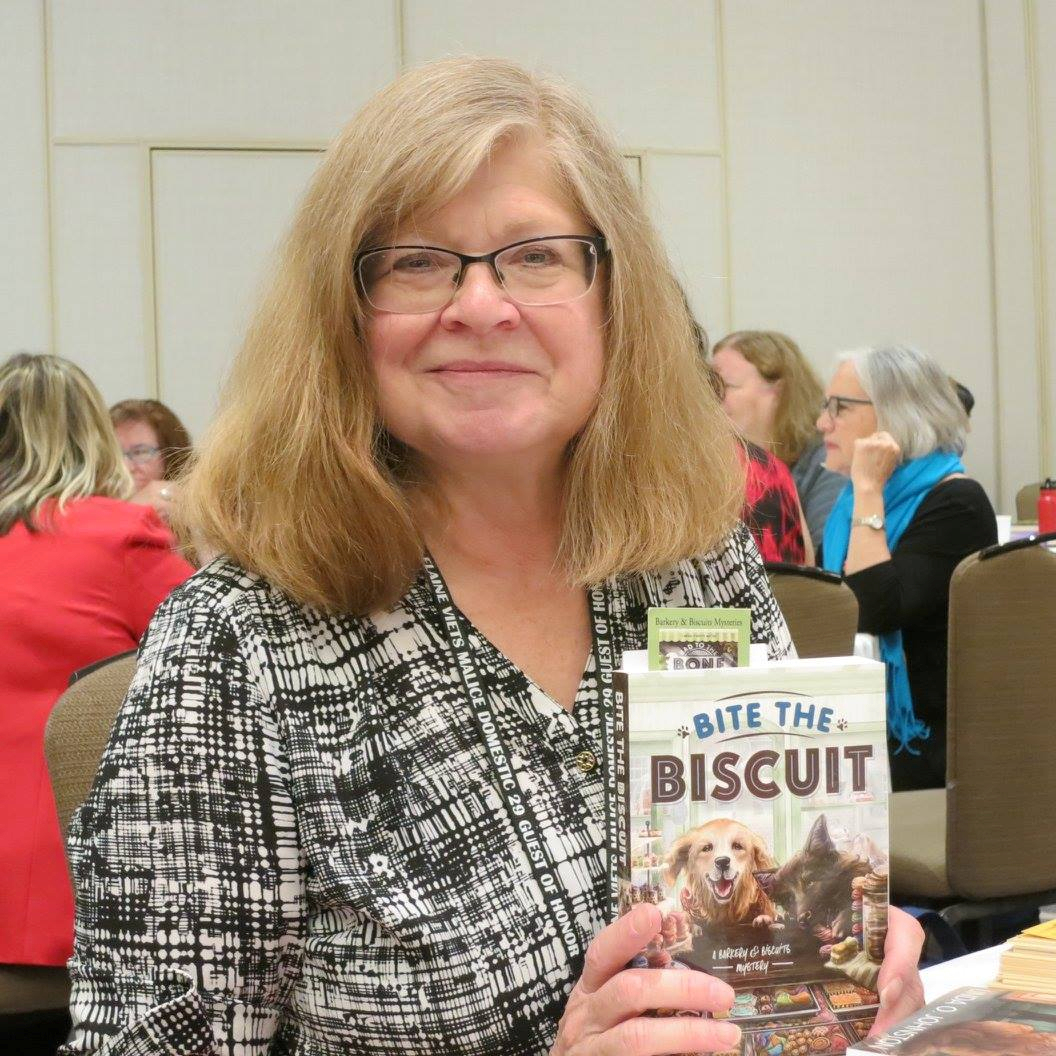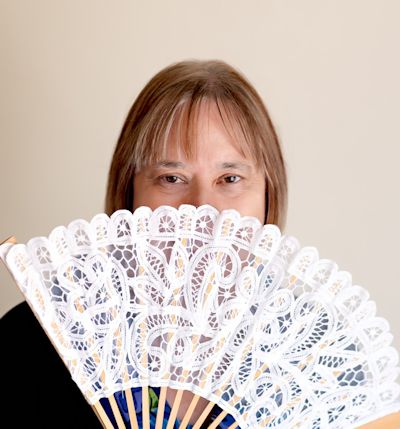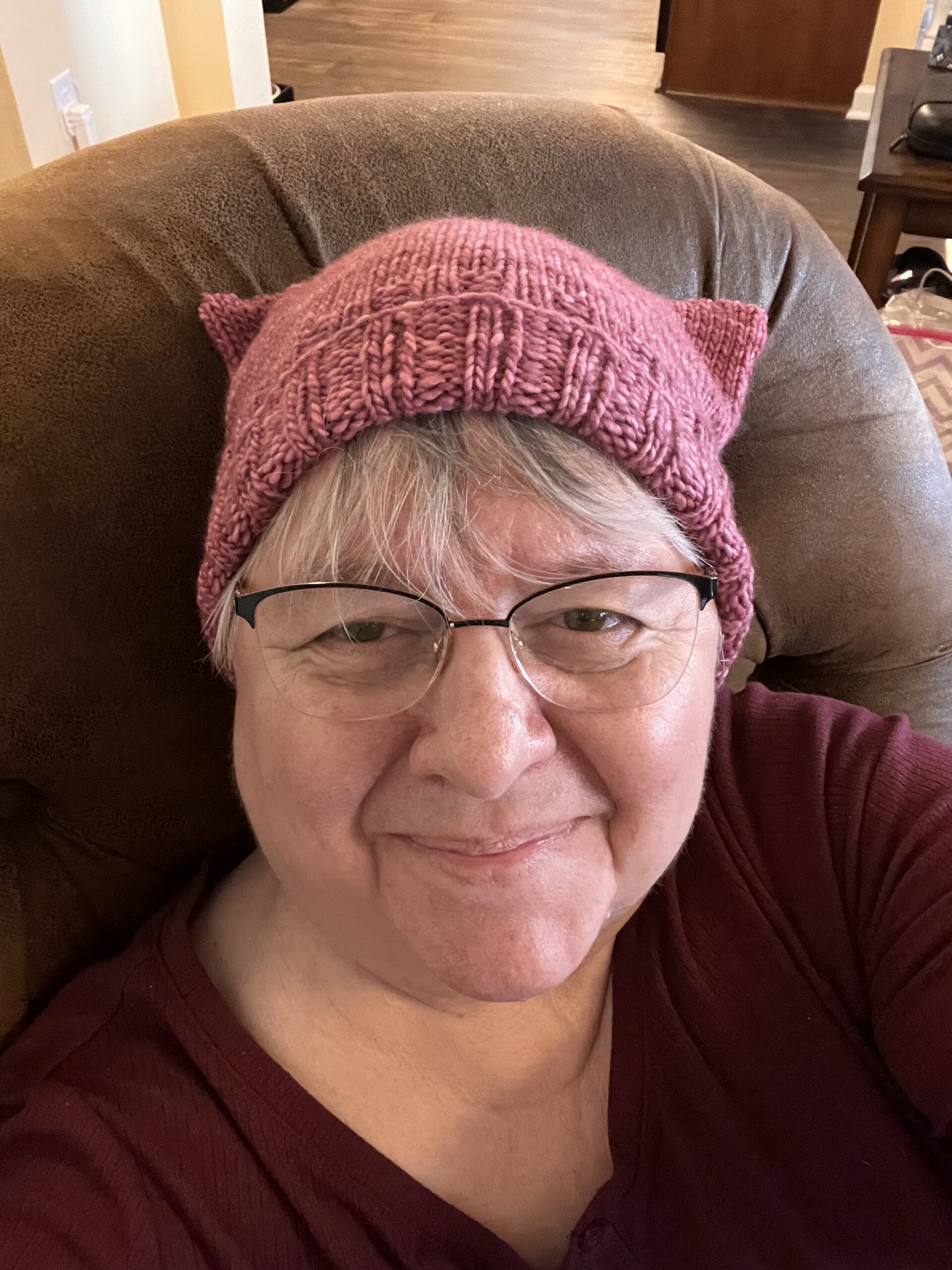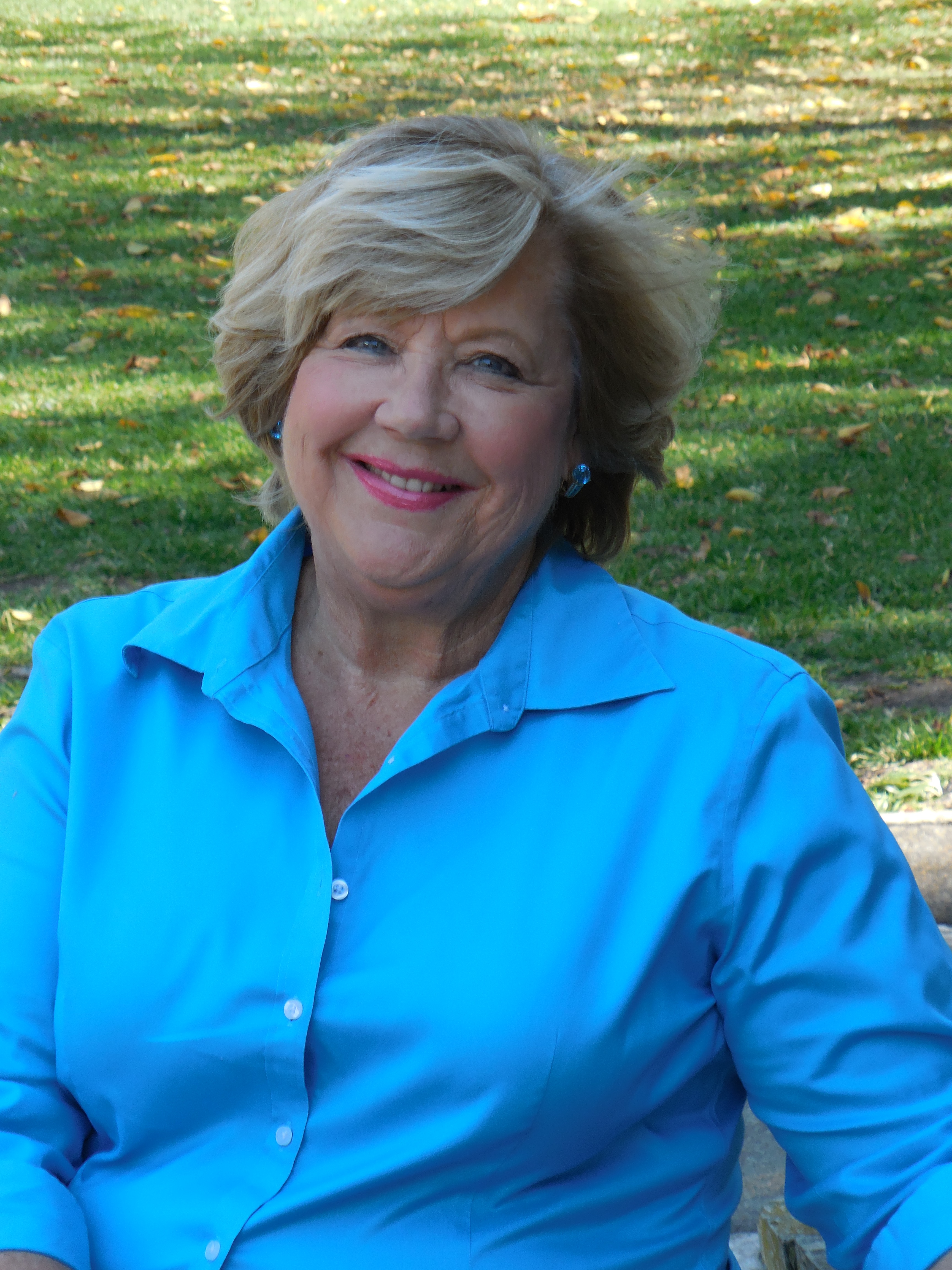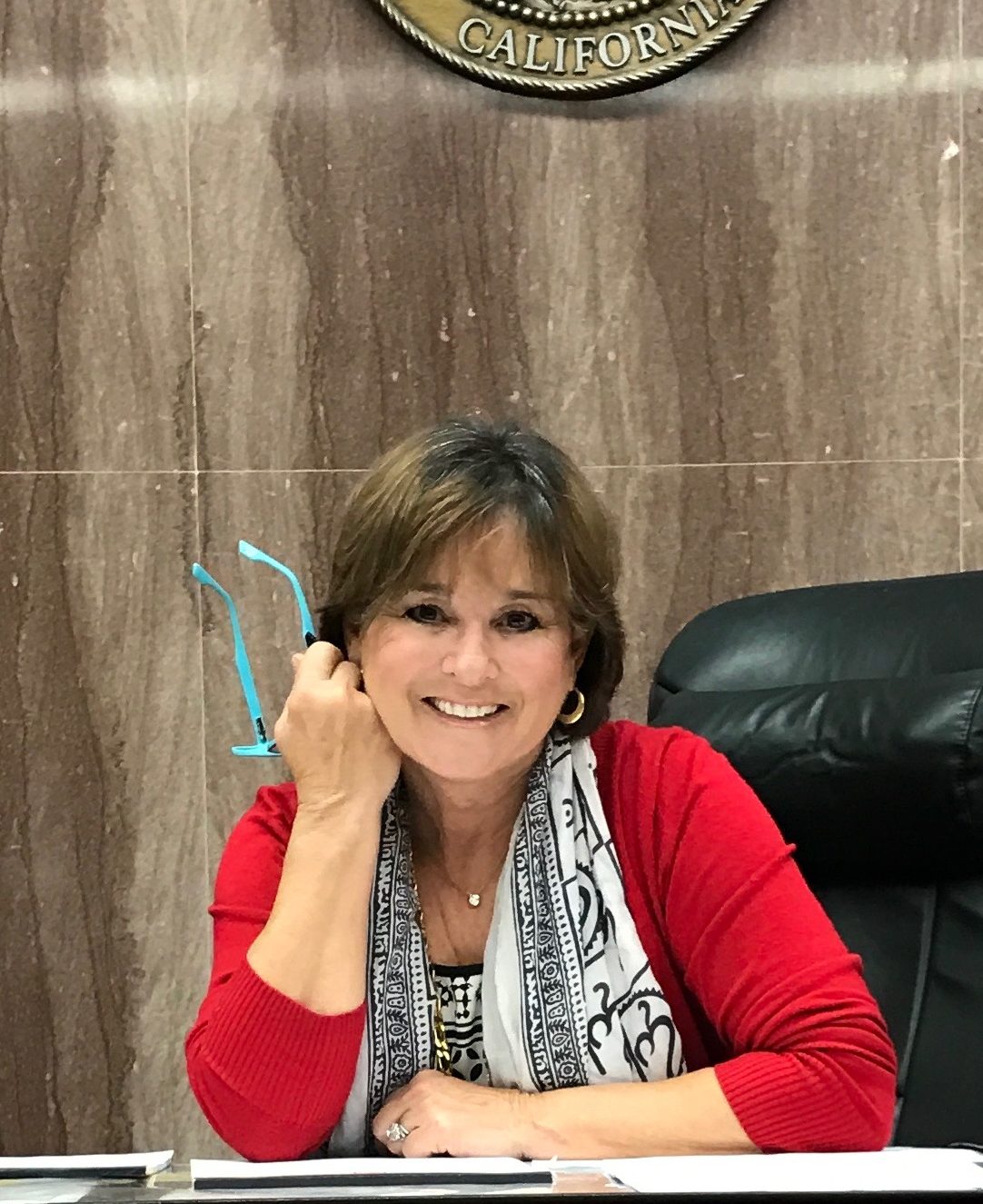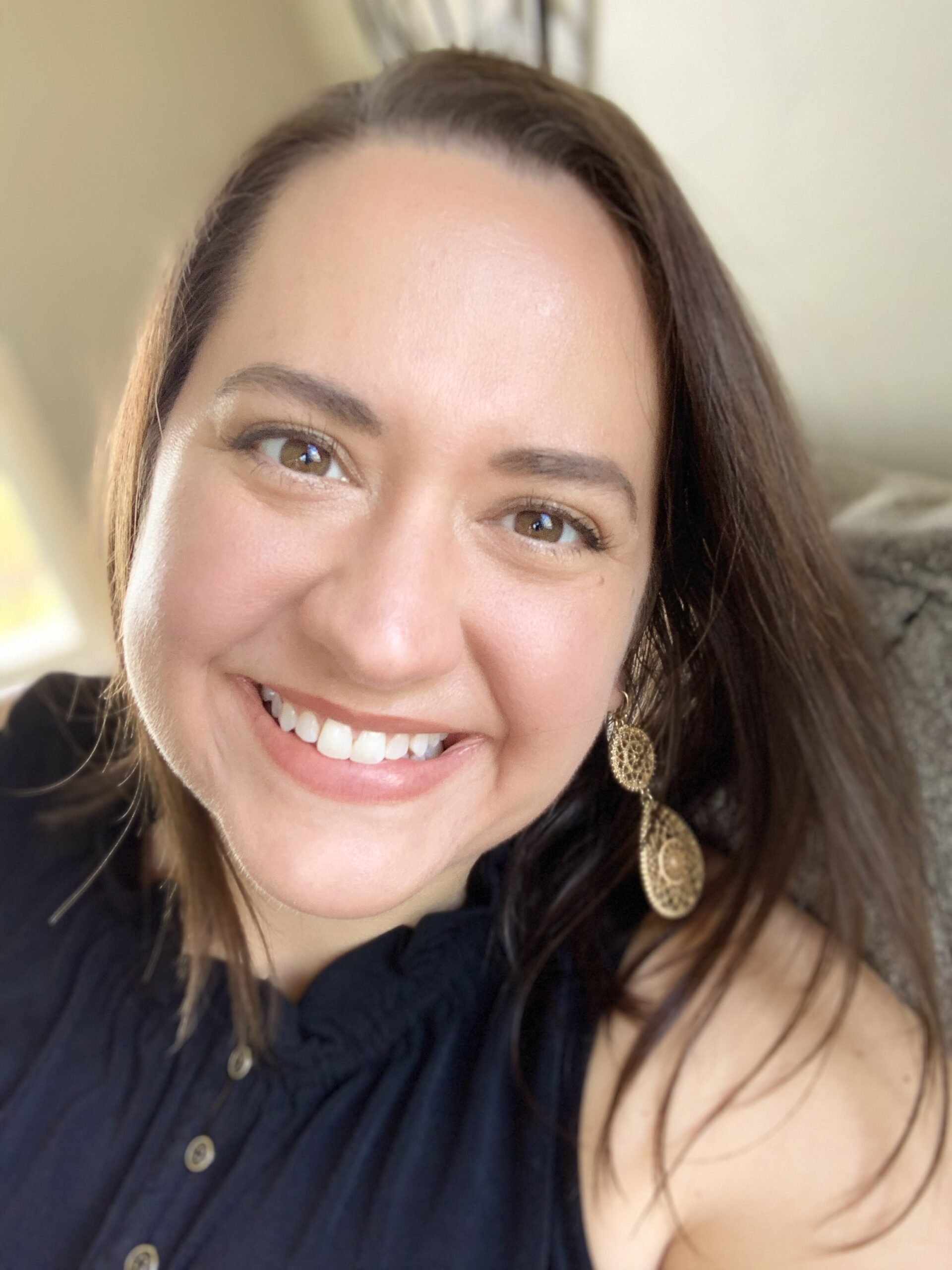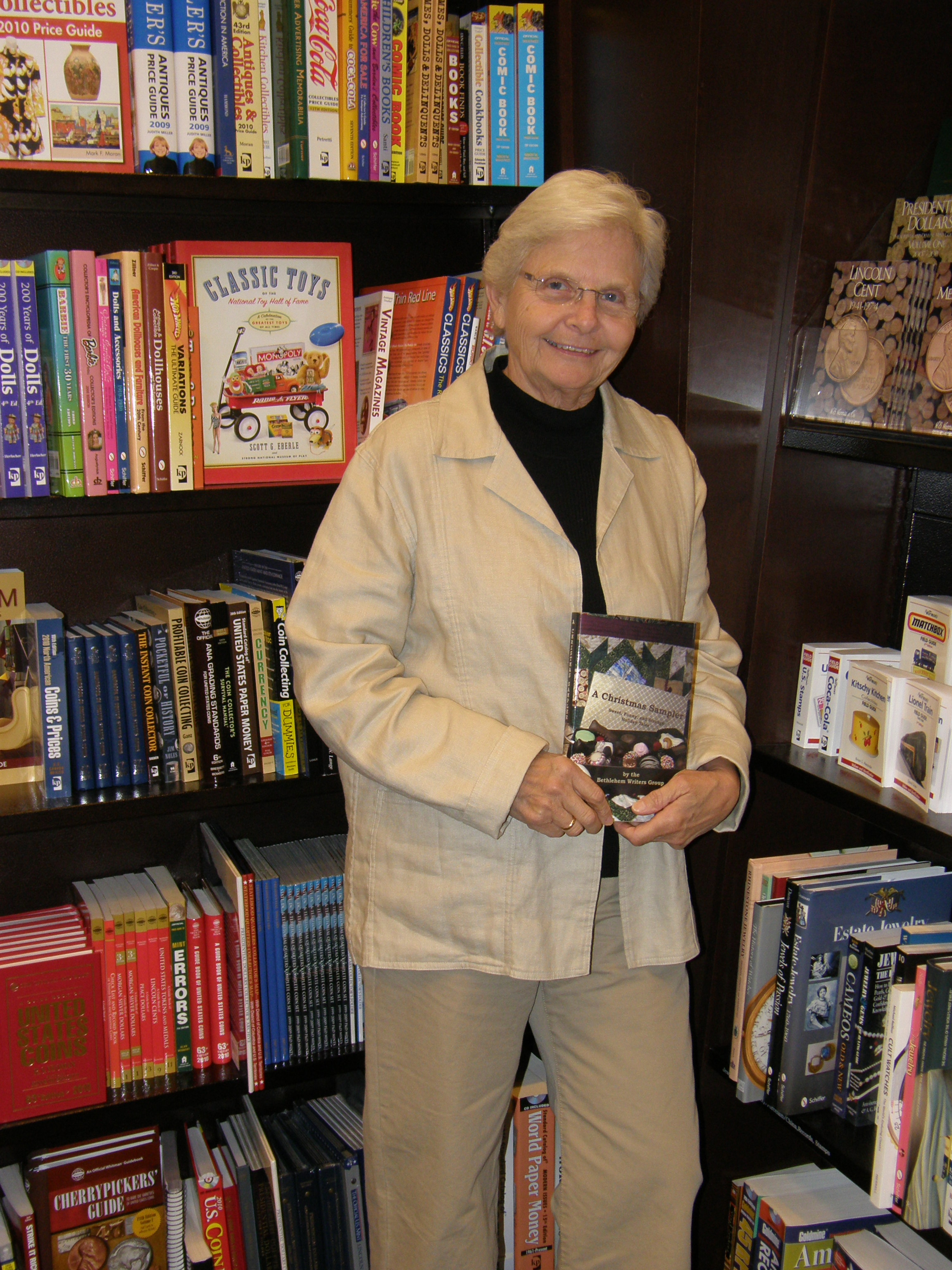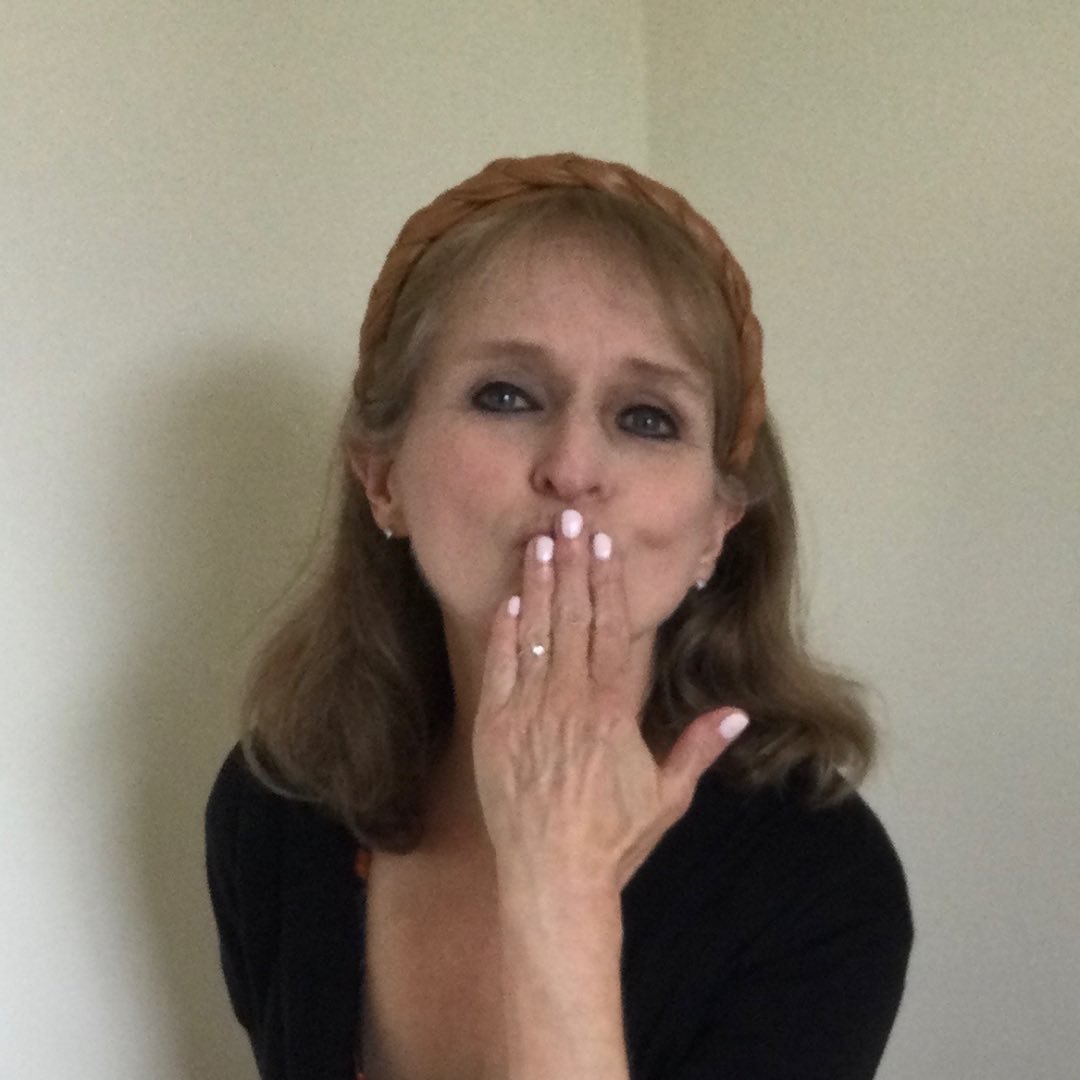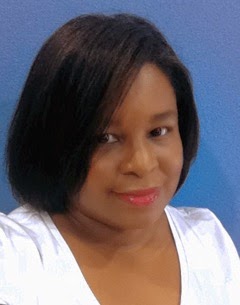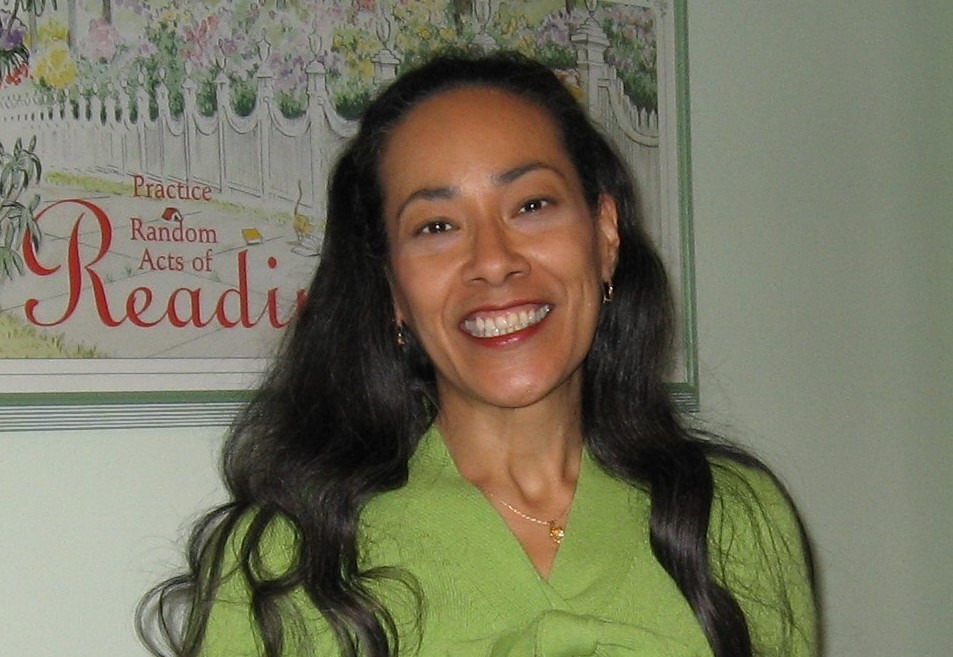Finding Family Mentioned In A Novel
September 12, 2018 by Denise M. Colby in category The Writing Journey by Denise Colby, Writing tagged as historical, history, James Clyman, Writing HistoryImagine you’re reading a fiction historical romance book set in the back country of Montana and one of the characters asks another character if he’s always been a freighter.
He responds with no. He was a trapper.
Aww. Cool. Immediately my mind went to my Great-Great-Great-Grandfather who was a trapper. I continued to read.
He was a part of the great mountain men.
Wait! My Great-Great-Great-Grandfather was called that too. Now my heart was thumping faster as I continued to read. Somehow I just knew what I would see next.
Mountain men like Jedidiah Smith and Jim Clyman.
Stop the presses! That’s my Great-Great-Great-Grandfather’s name! Here in the fiction book I’m reading!!
How cool is that?
I ran around the house showing everyone my Kindle I was so excited!
A lover of all things history, I’ve wanted to write a blog post on James Clyman and our family history for a while, but I’ve been so busy with other topics, I hadn’t gotten to it, but I just had to share this exciting news and tell you a little about him now.
James Clyman. My Great-Great-Great-Grandfather.
He called himself a mountain man. A trapper with Jedidiah Smith, he was the one who sewed Jedidiah’s ear back on after a bear almost swiped it off. He also came over the pass in the sierras and encountered the Donner Party, advising them not to go that way since winter was settling in. And unfortunately they opted not to listen.
Just how do we know all this? He wrote journals. Daily. Details describing who he met and what he did. Those journals have been printed into books. One titled Frontiersman, was printed in 1960 in a limited number mostly for libraries.

He apparently wrote it all on slates and his daughter composed it into a book. I haven’t read it through completely but there’s a chapter on the Black Hawk War and being in the same unit as future President Lincoln and another on his later years when he settled in Napa, Ca.

Another smaller version came out in the 1980s. My dad signed that one for me. Writing on the inside cover that I’m the 6th generation born in Napa to James Clyman. Pretty cool.
And even more cooler…I’ve actually seen the original journals. They are in the Huntington Library in Pasadena.

A Page from a 4th Grade History book from 2014
He’s in the 4th grade history books as well, which was a real treat for my boys whenever they got to that particular unit.
He’s buried in the same cemetery as my parents and his grave is part of a historical tour they host every once in a while.
Another historical nugget – the original ranch house is still standing. My dad used to spend his summers there and when the land was sold off for housing developments my parents purchased in the neighborhood. You could see the top of the ranch house if you stood in my parents backyard.

There’s more but I’ll save that for another post. I have plans for him to make an appearance in a book or two someday. With all the books out there to read, how fascinating I found someone who beat me to it.
What cocktail waitressing taught me about writing by Jina Bacarr
September 11, 2018 by Jina Bacarr in category Jina’s Book Chat, Writing tagged as author, books, cocktail, waitress, Writer, writing
I once worked as a cocktail waitress…great research for stories
Back in my sassy cocktail waitress days, I dreamed about being a writer. I worked until 3 a.m. cleaning up, checking stock, etc., then I’d go home and write. On a charming PC with a black screen and alien green text.
Ah, yes, those were the days.
Dreaming, planning. Wishing and hoping. Always believing if I worked hard enough, I’d get published.
No one told me the road to Oz was a long and winding one. A road filled with curves and pit stops and wrong turns.
Which brings me back to my days as a cocktail waitress. I got the job because I fit into the skimpy costume. A black fringe short, short dress. High, skinny black heels and fishnet stockings. I looked the part, but I had no idea what I was doing. The cute bartender helped me make up a list of the drinks on a placemat (I kept it as a souvenir) and I had adorable pink tip trays.
I spilled drinks. More than once. Okay, I spilled a lot of drinks.
The competition among the waitresses was fierce. Like a beauty pageant. I got punked by another waitress when she set me up with a grabby, belligerent customer who almost got me fired.
I got asked out on dates by customers, but I kept my nose clean. The only date I had after work was with a bear claw at the 24-hour doughnut store.
I became a darned good waitress. I learned the drinks by heart, got my tray balancing on like a pro, knew when to steer the bouncer to a table of tipsy, unruly drinkers, navigated the jealousy of the other girls, made good friends, and enjoyed the job.
So, what does all this have to do with writing?
Cocktail waitressing taught me that like writing, it’s not one thing that makes you good at what you do. Sometimes it’s going outside your comfort zone to get the job done. Whether that’s learning new technology, expanding your social media network when you have no idea what works, taking criticism (I learned how to serve a drink by dipping and bending my knees) and writing is rewriting. It’s about learning your craft, persistence, and getting through the tough moments when you want to quit. Have your cry and get over it.
I have several book projects on submission….keep you posted!
Charmed Connections
September 10, 2018 by Tari Jewett in category Charmed Writer by Tari Lynn Jewett, Events tagged as #Charmed Writers, Authors, books, Caitlyn O'Leary, Grand Opening, Jeri Bronson, Jina Bacarr, Kathleen Bitner Roth, Laura Drake, prizes, readers, Rebecca Forster, The Charmed Connection
Local Charmed Writer Write In
Stories are about connections, the connection between the author and their characters, the connection between the reader and the story, and then there’s the connection between the reader and the author. While the reader and author may never meet, they share a special bond, a creative bond, and an imaginative bond. They’ve share an experience. They’ve lived another life together.

Yes, we really give charms.
I’ve told you about our special writer group Charmed Writers, well we’ve decided that we want to connect with our readers in a direct way, and so we’ve created a new facebook group The Charmed Connection. More than 100 authors are available to our readers in this new facebook group that in it’s one week of existence already has nearly 600 members.
Our “Grand Opening Party begins today with three weeks of author introductions, prizes and fun.
Charmed Writers is a group with writers from NYT, USA Today and Amazon Best Selling authors, to award winning, debut and even authors completing their first manuscript. There are writers in all genre’s, thrillers, suspense, mystery, horror, sci-fi, fantasy, paranormal, all genre’s of romance, inspirational, literary fiction, women’s fiction, gay fiction, and all levels of heat from super clean and sweet to erotica.

Books by just a few of the Charmed Writers.
So if you would like to have a direct connection with the storytellers, this is you’re opportunity.
Come join the party and meet The Charmed Writers in The Charmed Connection. What do you like to read? We know an author that writes books for you.
Planning Your Writing AND Your Life in 2019 – by Kitty Bucholtz
September 9, 2018 by Kitty Bucholtz in category It's Worth It by Kitty Bucholtz, Writing tagged as It's Worth It, Kitty Bucholtz, organization, time management In July 2018, I interviewed bestselling author Susan May Warren on my podcast, WRITE NOW! Workshop Podcast, about her latest romantic suspense novel. We had a great time talking about all things writing, but we had to cut things short because there was so much to talk about! I brought her back in August to focus just on her classes and writing retreats and other tools for authors.
In July 2018, I interviewed bestselling author Susan May Warren on my podcast, WRITE NOW! Workshop Podcast, about her latest romantic suspense novel. We had a great time talking about all things writing, but we had to cut things short because there was so much to talk about! I brought her back in August to focus just on her classes and writing retreats and other tools for authors.
One of those tools has had me salivating ever since she told me about it. Susie May has been creating and tweaking and recreating and tweaking some more a personal planner to organize not just her writing life, but her whole entire life. And she’s offering it for sale to other writers. She calls it My Brilliant Writing Planner, and it’s available for pre-order now with a $20 discount through October 31, 2018.
Now, I have no skin in this game – Susie May doesn’t even know I’m writing this article yet – but you might know that I’ve been teaching time management courses for over ten years and I love a great planner! I’ve been using the ARC system from Staples for the last 21 months, and I really like it. But I have my time/calendar/planner in one ARC notebook, my writing notes in another ARC notebook, and other notes in other notebooks. Susie May’s planner puts a lot of that all together in one place.
Why? Well, when aren’t we thinking about our story and needing to jot down a few notes? Or in the middle of brainstorming and realizing we forgot to make some kind of plan for dinner? Or waking up in the morning trying to remember our new First Five (if you’ve taken my course) or other healthy habits we’re trying to incorporate into each day? Or wanting to capture a motivational or inspirational line to think about more later?
 My Brilliant Writing Planner puts all of this together in one place!
My Brilliant Writing Planner puts all of this together in one place!
Yes, that means it’s big. At 490 pages, this is not a little notebook you can shove in your purse. And maybe just the thought of having everything together in one place is both a relief and…a bit daunting. For me, my question before I buy almost anything is, “Am I really going to use it and get my money’s worth?” And I had to ask that question about this planner, no matter that a part of my brain really wanted it. (Magic bullet thinking, anyone?)
Looking over the great website for the planner, seeing examples of all the pages on the Samples page, and checking out the pages that Susie May had filled in for her life – that all helped me see how helpful this could be for me. But the real kicker was when I read that Susie May also created a course for this (over 7 hours of planning help!), showing us how she uses the Planner to “live with joy and get it all done.” The course is free when you pre-order the planner!
In one of the podcast interviews, she and I talked about how to schedule a writing life to be productive, but still enjoy our friends and family and a good night’s sleep. If I’ve learned anything from my recent collision with burnout, it’s that we can plan and time-manage ourselves into a breakdown. What I’m seeing as I look over the sample pages and read the text on the website is a tool created by a writer who knows the importance of prioritizing and saying no.
 We can’t do everything. But a good planner – this one, or something else that works better for you – can help us to keep our priorities front-of-mind. For me, I think that’s a key to having both a productive work life and a peaceful personal life.
We can’t do everything. But a good planner – this one, or something else that works better for you – can help us to keep our priorities front-of-mind. For me, I think that’s a key to having both a productive work life and a peaceful personal life.
I bought the planner five minutes after I got the email announcing that it was available. 😀 And I’ve already started the course. I figure it might help me finish out 2018 with a bang, but mostly I want 2019 to be my best year ever – and that’s going to require both planning (duh) and some hard questions. What will I continue doing in the next year, and what will I give up for now? What are my greatest strengths and how can I use them better next year? How can I hold myself accountable for the new healthy habits I’m developing?
For me, My Brilliant Writing Planner and the course that goes with it are going to be my most important tools, so I wanted to make sure you knew about them, too. Bring on 2019! 😀
Featuring Rebecca Forster September Author of the Month
September 7, 2018 by Rebecca Forster in category Featured Author, Featured Author of the Month tagged as Finn O'Brien Thrillers, Josie Bates Thrillers, Rebecca Forster, September Featured Author
Featuring Rebecca Forster. September Author of the Month
Rebecca Forster started writing novels on a crazy dare.
Now she is a USA Today and Amazon bestselling author of 29 books which the CBS Legal Correspondent calls, “Perfect. . .impossible to put down.”
After earning her MBA, Forster spent 14 years as a marketing executive before taking the leap from a corporate to a creative career. A fulltime author, speaker and teacher, Rebecca focuses on legal and political thrillers, but is known for bringing an uncommon sense of character and compassion to her work. Her Witness Series, featuring attorney Josie Bates, has resided on the Amazon bestseller lists for over three years in both the U.S. and U.K. and is a featured series at Audible.com. Before Her Eyes, a cross genre thriller, captured the winning votes for Reviewers Choice for Best Mystery.
Rebecca teaches the craft of writing and the cultivation of creativity at programs that have included the acclaimed UCLA Writers Program and as a guest speaker at legal associations, writer’s conferences, women’s symposiums and philanthropic groups across the U.S. She has made repeat appearances at the Los Angeles Times Festival of Books and volunteers at Southern California middle schools to bring the excitement of writing into the classroom. Appointed to the Patient/Family Advisory Board at Torrance Memorial Hospital, Rebecca advocates for closer relations between patients, families and medical staff to improve care.
Rebecca lives in Southern California. She is married to a prominent Los Angeles Superior Court judge and is the mother of two grown sons. Travel is a passion and when she is not writing you can find her on a tennis court, in front of a sewing machine or on the couch with a book in her hand.
I don’t think the adventure is over yet – and I know that there are still a zillion books to be written – so I hope you’ll check back for updates. Better yet, drop me note. I would love to hear from you.
Below are just some of her books in print.
Affiliate Links
A Slice of Orange is an affiliate with some of the booksellers listed on this website, including Barnes & Nobel, Books A Million, iBooks, Kobo, and Smashwords. This means A Slice of Orange may earn a small advertising fee from sales made through the links used on this website. There are reminders of these affiliate links on the pages for individual books.
Search A Slice of Orange
Find a Column
Archives
Featured Books
Scream of the Silent Sun
Will Quinn Thomas find her missing brother in time to save him?
More info →
SEASIDE SWEETS
After her ex runs up her credit card, clears her bank account, and gets her fired, Seanna escapes to Seaside, Florida where the men are hot as the Gulf Coast sun…one in particular.
More info →INTO THE MOONLESS NIGHT
Catch Starthorne has spent a lifetime running from the prophecy that names him as the one who will save the shifter race, but now that he has returned to his home in Clawcrags, he may have to face his destiny.
More info →
A COWBOY TO REMEMBER
Can Jake convince Olivia to risk it all one more time . . .
More info →FOREIGN RELATIONS
A foreign woman is dead, two countries want her forgotten. Detective Finn O'Brien wants justice.
More info →Newsletter
Contributing Authors
Search A Slice of Orange
Find a Column
Archives
Authors in the Bookstore
- A. E. Decker
- A. J. Scudiere
- A.J. Sidransky
- A.M. Roark
- Abby Collette
- Alanna Lucus
- Albert Marrin
- Alice Duncan
- Alina K. Field
- Alison Green Myers
- Andi Lawrencovna
- Andrew C Raiford
- Angela Pryce
- Aviva Vaughn
- Barbara Ankrum
- Bethlehem Writers Group, LLC
- Carol L. Wright
- Celeste Barclay
- Christina Alexandra
- Christopher D. Ochs
- Claire Davon
- Claire Naden
- Courtnee Turner Hoyle
- Courtney Annicchiarico
- D. Lieber
- Daniel V. Meier Jr.
- Debra Dixon
- Debra H. Goldstein
- Debra Holland
- Dee Ann Palmer
- Denise M. Colby
- Diane Benefiel
- Diane Sismour
- Dianna Sinovic
- DT Krippene
- E.B. Dawson
- Emilie Dallaire
- Emily Brightwell
- Emily PW Murphy
- Fae Rowen
- Faith L. Justice
- Frances Amati
- Geralyn Corcillo
- Glynnis Campbell
- Greg Jolley
- H. O. Charles
- Jaclyn Roché
- Jacqueline Diamond
- Janet Lynn and Will Zeilinger
- Jaya Mehta
- Jeannine Atkins
- Jeff Baird
- Jenna Barwin
- Jenne Kern
- Jennifer D. Bokal
- Jennifer Lyon
- Jerome W. McFadden
- Jill Piscitello
- Jina Bacarr
- Jo A. Hiestand
- Jodi Bogert
- Jolina Petersheim
- Jonathan Maberry
- Joy Allyson
- Judy Duarte
- Justin Murphy
- Justine Davis
- Kat Martin
- Kidd Wadsworth
- Kitty Bucholtz
- Kristy Tate
- Larry Deibert
- Larry Hamilton
- Laura Drake
- Laurie Stevens
- Leslie Knowles
- Li-Ying Lundquist
- Linda Carroll-Bradd
- Linda Lappin
- Linda McLaughlin
- Linda O. Johnston
- Lisa Preston
- Lolo Paige
- Loran Holt
- Lynette M. Burrows
- Lyssa Kay Adams
- Madeline Ash
- Margarita Engle
- Marguerite Quantaine
- Marianne H. Donley
- Mary Castillo
- Maureen Klovers
- Megan Haskell
- Melanie Waterbury
- Melisa Rivero
- Melissa Chambers
- Melodie Winawer
- Meriam Wilhelm
- Mikel J. Wilson
- Mindy Neff
- Monica McCabe
- Nancy Brashear
- Neetu Malik
- Nikki Prince
- Once Upon Anthologies
- Paula Gail Benson
- Penny Reid
- Peter J Barbour
- Priscilla Oliveras
- R. H. Kohno
- Rachel Hailey
- Ralph Hieb
- Ramcy Diek
- Ransom Stephens
- Rebecca Forster
- Renae Wrich
- Roxy Matthews
- Ryder Hunte Clancy
- Sally Paradysz
- Sheila Colón-Bagley
- Simone de Muñoz
- Sophie Barnes
- Susan Kaye Quinn
- Susan Lynn Meyer
- Susan Squires
- T. D. Fox
- Tara C. Allred
- Tara Lain
- Tari Lynn Jewett
- Terri Osburn
- Tracy Reed
- Vera Jane Cook
- Vicki Crum
- Writing Something Romantic
Affiliate Links
A Slice of Orange is an affiliate with some of the booksellers listed on this website, including Barnes & Nobel, Books A Million, iBooks, Kobo, and Smashwords. This means A Slice of Orange may earn a small advertising fee from sales made through the links used on this website. There are reminders of these affiliate links on the pages for individual books.











































